Explore the Best AI Image Gallery

Painting the Future: AI-Generated Visual Content and the Creative Industry
The art world is on the cusp of a paradigm shift. Artificial intelligence (AI), once confined to the realm of science fiction, is now generating breathtaking visual content, blurring the lines between human and machine creativity. This transformative technology holds immense potential for artists, designers, businesses, and consumers alike, but it also raises crucial ethical questions that demand careful consideration.
A New Brushstroke: How AI Creates Visual Art
AI-powered tools leverage deep learning algorithms to analyze massive datasets of images, identifying patterns, styles, and compositions. These algorithms then use this knowledge to generate original artwork, ranging from abstract paintings to photorealistic landscapes. Popular AI art generators include DALL-E 2, Midjourney, and Stable Diffusion, each with its own unique capabilities and aesthetic.
Unleashing Creativity: Applications Across Industries
The applications of AI-generated visual content are vast and ever-expanding:
- Art and Design: AI can assist artists in exploring new ideas, generating conceptual sketches, or creating unique pieces for exhibitions and collectors.
- Marketing and Advertising: Businesses can use AI to design eye-catching visuals for social media campaigns, website banners, product packaging, and more, tailoring content to specific demographics and preferences.
- Entertainment: Filmmakers can leverage AI to generate concept art, special effects, or even entire scenes, streamlining production processes and pushing creative boundaries.
- Education: AI-powered tools can help students visualize complex concepts, create interactive learning experiences, and develop their artistic skills.
Navigating the Ethical Landscape
While the potential of AI-generated visual content is undeniable, it also presents several ethical challenges:
- Copyright and Ownership: Questions arise regarding the ownership rights of AI-generated artwork. Who holds the copyright – the creator of the algorithm, the user who provides the input, or the AI itself?
- Bias and Representation: AI algorithms are trained on existing datasets, which may contain biases that reflect societal prejudices. This can result in AI-generated content perpetuating harmful stereotypes or underrepresenting certain groups.
- Authenticity and Deception: The ease with which AI can create realistic images raises concerns about the potential for manipulation and misinformation. Deepfakes, for example, can be used to create convincing fake videos that could erode trust and spread falsehoods.
The Future of Creativity: A Human-AI Collaboration
Looking ahead, it is crucial to approach AI-generated visual content as a tool for collaboration rather than replacement. The future of creativity likely lies in a symbiotic relationship between human artists and AI technology.
Humans will continue to bring the emotional intelligence, originality, and nuanced understanding that define truly great art. AI can augment these capabilities by providing inspiration, streamlining workflows, and exploring new creative frontiers.
As we navigate this evolving landscape, open dialogue, ethical guidelines, and responsible development practices are essential to ensure that AI technology empowers creativity and benefits society as a whole.
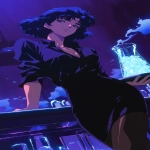

](https://images.ai-img.art/thumbnails/150/685ae68cfab93a7e59a71206867b060c45bd6fd3cd561c4fe60fca514b09c5f8.webp)



](https://images.ai-img.art/thumbnails/150/7cf5a08238f29c821f52bb4f63db48af0b7f633ff3b9f7253074d78ced9ff6f6.webp)
](https://images.ai-img.art/thumbnails/150/0ba0be922ab76af53f75ab90126ae2b18a600ee3b96941e8ab897a9f10594e5a.webp)
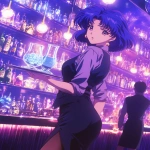

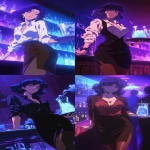
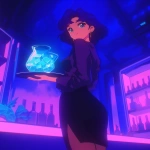

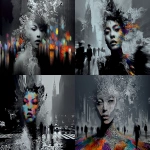
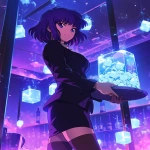
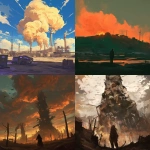


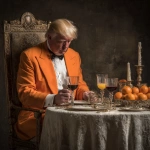


](https://images.ai-img.art/thumbnails/150/bd056a4718c27444e064198762f8dc8ffa1f74f1afd7dcda8d5cb8b142797d6e.webp)



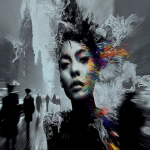
](https://images.ai-img.art/thumbnails/150/847809c77ca9a73b68bc190e6efb06fec87157685a243730d5a66a403b0e6e10.webp)
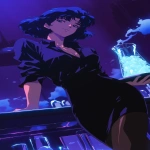


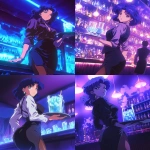


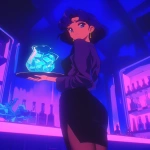

](https://images.ai-img.art/thumbnails/150/a3ed6513a6661aa3ee46e0c2924d1e8888854e91d8908de39db5590dc41f8d8f.webp)
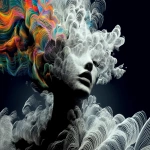


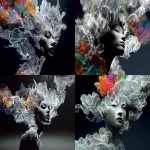
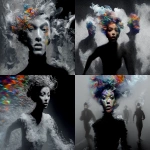


](https://images.ai-img.art/thumbnails/150/ff09e32d2be011c0dd785984c5c1e47839ce551a31da1bde242860b30df2aa30.webp)

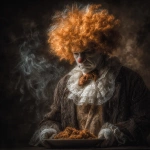

](https://images.ai-img.art/thumbnails/150/2ebdeb4f7db35100e5be5de9bc3e533a40d14e5feedefd7ffc586524a0f3ba8c.webp)

